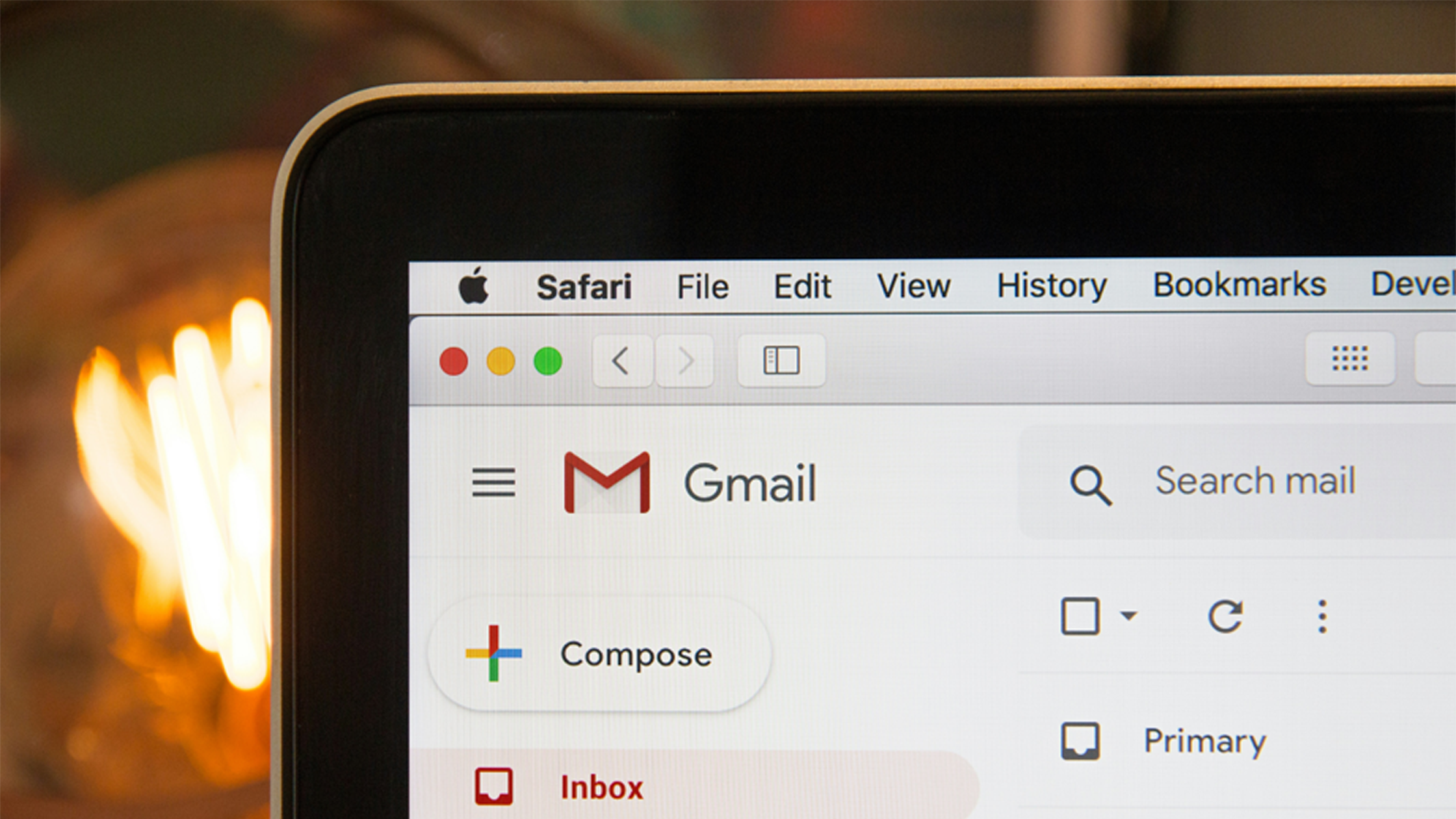Starting a follow-up email can often feel like walking a tightrope. You want to be assertive yet polite, memorable yet not overwhelming. The beginning of your follow-up is crucial. It sets the tone for your message and can significantly influence whether your email will be read or ignored. Here’s how you can write an opening that breaks through the noise, resonates with the recipient, and gets you the response you’re aiming for.
1. Begin with Context
Starting your follow-up with a quick reminder of your previous interaction helps jog the recipient’s memory. Mention the date of your last email, the event where you met, or the specific topic you discussed. This provides a foundation for the rest of your message and makes it relevant to your reader.
Example: “I hope this message finds you well. I’m writing to follow up on my email from last Tuesday about the upcoming web design project.”
2. Personalize Your Greeting
While ‘Dear [Name]’ works for formal communications, don’t shy away from using a more personalized greeting if it fits your relationship with the recipient. A personalized touch can make your email feel more like a continuation of an ongoing conversation rather than a cold follow-up.
Example: “Hi [Name], I was thinking about our chat at [Event] last week and wanted to get back in touch.”
3. Express Gratitude
Thanking the recipient early on can set a positive tone for the entire email. Gratitude shows appreciation for their time and consideration, which is especially important if you’re following up on a request or after a meeting.
Example: “Thank you for taking the time to consider our proposal. I’d love to hear your thoughts on it.”
4. Be Concise and Direct
Clarity is key in follow-up emails. Quickly state the purpose of your email. Whether you’re seeking a response, a meeting, or providing additional information, make it clear from the start.
Example: “I’m reaching out to see if you had a chance to review the contract draft I sent over.”
5. Add a Touch of Novelty
If possible, include a new piece of information or a fresh perspective that wasn’t part of your initial interaction. This shows that you’re actively engaged and adds value to your follow-up.
Example: “Since our last conversation, I came across this article on [Topic] that aligns perfectly with what we discussed. Thought you might find it interesting.”
6. Reinforce the Connection
Highlight mutual interests or shared goals to remind the recipient of the value of your connection. This can make your email more compelling and worth responding to.
Example: “I remember you mentioned how important sustainability is to your brand. I’ve included some ideas on how we can integrate this into the project.”
Mistakes to Avoid (How to Not Start a Follow-up Email)
Sending too soon:
Bombarding the recipient with follow-ups can seem desperate or pushy. Wait a respectful amount of time before reaching out again.
Lack of personalization
Generic follow-ups fail to capture attention. Tailor each message to the recipient to show genuine interest and effort.
No call to action
Always include a clear and concise CTA to guide the recipient towards the desired action, improving response rates.
Misspelling names
Pay close attention to details, especially when using automation tools. Incorrect names can detract from the personal touch and show a lack of attention.
Writing an Effective Follow-Up with Rebump
Learning how to write a follow-up email is crucial for professionals in all fields. To streamline this process, Rebump offers innovative solutions that not only automate your follow-ups but also ensure they are personalized and timed perfectly.
With Rebump, you can create sequences that feel personal and genuine, significantly while saving time and increasing your chances of getting a response.
Visit Rebump to learn more about how our tool can revolutionize your email strategy and help you craft follow-ups that get noticed.

